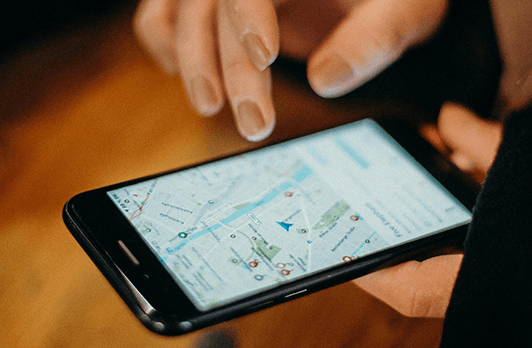by Sarah Pereau | 18 Jan 2018
Google is committed to “connecting the world” and will be expanding their existing network to reach new regions across the globe with five new Google subsea cables that will be completed and operational in 2019.

(Source: Google Blog)

(Source: Google Blog)
Google currently has the largest private network, and the third largest cloud network with more than 100 points-of-presence, delivering up to “25% of the world’s internet traffic.” Google continuously invests in efforts that improve the speed, reliability, and security. In just the past three years, Google has invested $30 billion improving their global infrastructure, bringing faster and more reliable connectivity to Google customers around the world. Google announced this week that they are adding three more subsea cables to their network, with two separate subsea cables already in development. All five Google subsea cables will be operative in 2019.
Curie cable
The Curie cable, named after Marie Curie, will make Google the “…first major non-telecom company to build a private subsea cable.” The Curie cable runs 6,200 miles, connecting Los Angeles, California to a Google data center in Chile, making Curie the first subsea cable to land in Chile in over 20 years. Having ownership of the cable means that Google can control and define the design, development, and specs of the cable. Once it becomes operational, this also allows Google to optimize the specs for speed and latency. The Curie cable will serve Google and Google customers.
Havfrue cable
Google will partner with Facebook, Aqua Comms, Bulk Infrastructure, and TE Subcon to design and build the Havfrue subsea cable. Havfrue will be the “first subsea cable to connect the US with Northern Europe in almost twenty years.” The cable will run 4,500 miles, connecting the US to Dublin, Ireland and Esbjerg, Denmark. Havfrue is Danish for “mermaid.”
HK-G cable
Partnering with RTI-C and NEC, Google will create an extension of the Indigo subsea cable to connect Hong Kong, China to Guam. The Google subsea cable, called the HK-G cable, runs 2,400 miles. Google recently created a new region in Hong Kong, China. The HK-G cable will significantly increase network capacity for the region.
Indigo cable
Currently, the Indigo subsea cable is already in development with partnerships between Google, AARNet, Indosat Ooredo, Singtel, Sub Partners, and Alcatel Telstra. Indigo runs 5,600 miles and will connect Singapore, Malaysia and Jakarta, Indonesia to Australia through landings in Perth and Sydney. Google anticipates that this cable will operate at 18 Tbps.
PLCN cable
Google has partnered with Facebook, Pacific Light Data Communication, and TE SubCom to design and build the highest capacity trans-Pacific subsea cable to date. It is called the PLCN cable and will cost an estimated $400 million to build. The subsea cable will run an extensive 8,000 miles from Los Angeles, California to Hong Kong, China. According to Tech Crunch, Google currently holds a stake in the nearby Faster subsea cable, which “…supports speeds up to 26 Tbps” – a record for the highest capacity subsea cable until now. Google says that PLCN will be faster and is anticipating speeds at an incredible 120 Tbps.
These five Google subsea cables are anticipated to be completed and operational in 2019. You can also find this information on geography.one.
GeoTel is the leading provider of telecommunications infrastructure data, including subsea cable data from around the world. For over sixteen years, GeoTel’s products have been providing companies and government entities with the leverage and insight necessary to make intelligent, location-based business decisions. For more information or a demo, please contact our experts at (407) 788-8888.

